
1. First, select a healthy young jackfruit tree with a trunk no thicker than 1-2 cm in diameter and sturdy branches. Make sure the tree is disease-free and hardy enough to withstand the pruning process that bonsai creation involves.
2. Place the jackfruit tree in an area where it will receive adequate sunlight, but not too much heat, as this could damage its delicate leaves. Soil drainage should also be taken into consideration before planting – sandy soil is best for bonsai trees as they do not require a high degree of nutrient content or water retention.
3. Prune excess roots and foliage according to your desired design, then use wire to shape the main branches into the correct position over time – regularly re-bending wires can help achieve the desired shape with minimal effort. Trim off new shoots periodically and repot when necessary during seasonal changes (generally spring).
Contents:
- Selecting a Jackfruit Variety for Bonsai: Factors to Consider
- Preparing the Pot and Soil: Tips for Optimal Growth and Health
- Choosing the Right Time to Prune Your Jackfruit Bonsai: Timing is Everything
- Shaping Techniques: From Basic to Advanced Methods
- Watering and Fertilizing Your Bonsai Jackfruit Tree: Dos and Don’ts
- Dealing with Common Pests and Diseases that Affect Jackfruit Trees in Bonsai Form
- Displaying Your Finished Product: Creative Ideas for Showcasing Your Unique Bonsai Jackfruit Tree
Selecting a Jackfruit Variety for Bonsai: Factors to Consider
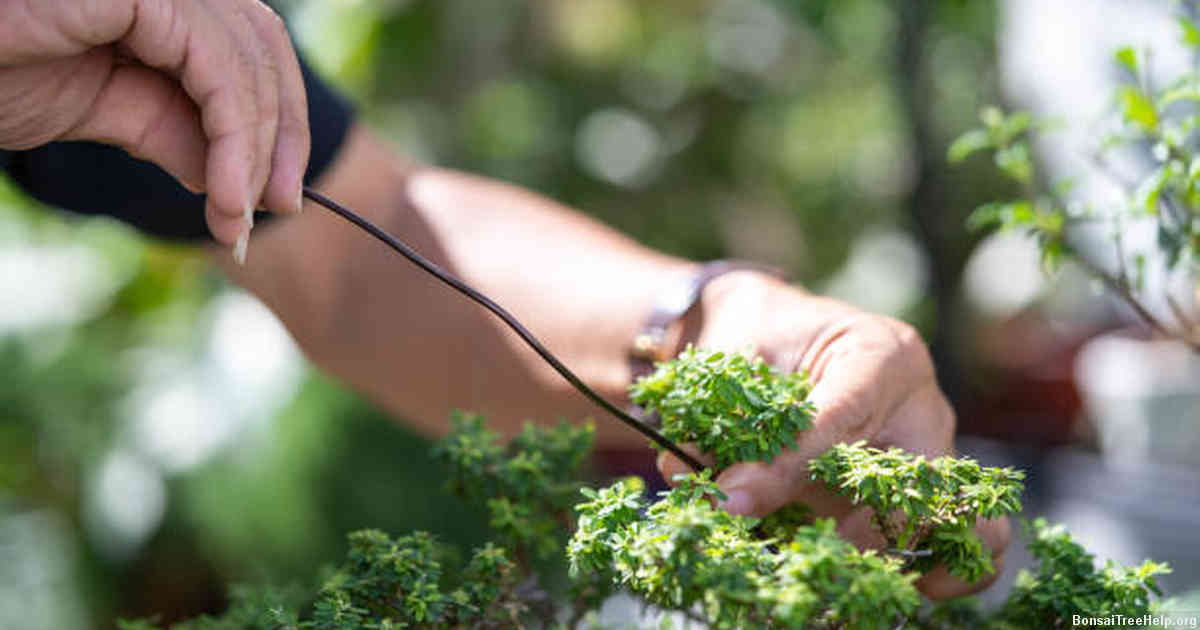
When pursuing the bonsai version of the jackfruit tree, selecting a variety is essential for success. There are many factors to take into account when choosing the ideal variety for a bonsai.
One of the most important considerations is size. Some jackfruit varieties can grow more than 10m in height, making it impractical to try and maintain them as bonsais. Whereas other types remain compact, with mature heights less than 2m. Carefully select a dwarfing variety that will suit your climate and space restrictions to ensure successful results.
Another factor to consider is bearing fruits or not. If you want your miniature tree to produce an edible fruit, you’ll need to choose an appropriate cultivar known for its fruit production capabilities or pollinate specific flowers yourself by hand. However if having tasty fruits isn’t necessary then some Ornamental Jackfruits can be chosen instead; these trees don’t bear any edible fruit but they certainly add interest and colour to the landscape due their exotic looking blooms from early summer through late fall months. Finally resist the urge of collecting too many species – diversity isn’t always key in this art form; focus on growing fewer species well rather than attempting to manage dozens of plants at once and enjoy watching each one flourish over time.
Preparing the Pot and Soil: Tips for Optimal Growth and Health
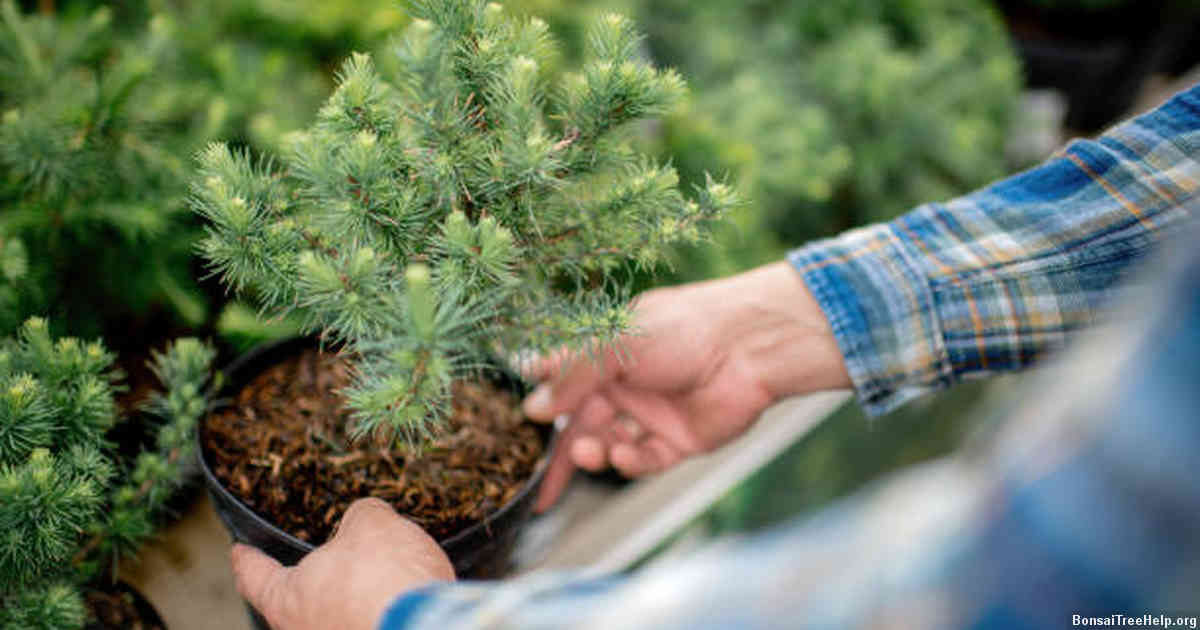
If you’re considering planting a bonsai jackfruit tree, the first step is to purchase the right pot and soil for its growth. A small terracotta or plastic pot with drainage holes at the bottom are good options; it should be no larger than 8 inches in diameter. Choose an appropriate type of soil that allows for good root structure and air circulation – like a combination of loam, sphagnum moss, gravel and organic material such as peat moss or leaf compost.
Once you have your materials ready, prepare the pot for planting by filling it halfway with soil before adding in your seedling. Make sure to pack down the soil firmly so there will be space between them once fully filled up with more dirt. Before placing the plant inside, make sure to water it lightly – this will promote healthy root development. Finally add more soil around its base until completely filled up but take care not to cover any roots showing outside of the pot walls.
Once you’ve done all this preparation work successfully then it’s time to place your bonsai jackfruit tree in a sunny spot where they can get some indirect sunlight throughout each day as well as enough air movement across their leaves (remember: adequate ventilation is key.). With proper nurturing and care you’ll soon have a lushly growing bonsai jackfruit tree!
Choosing the Right Time to Prune Your Jackfruit Bonsai: Timing is Everything
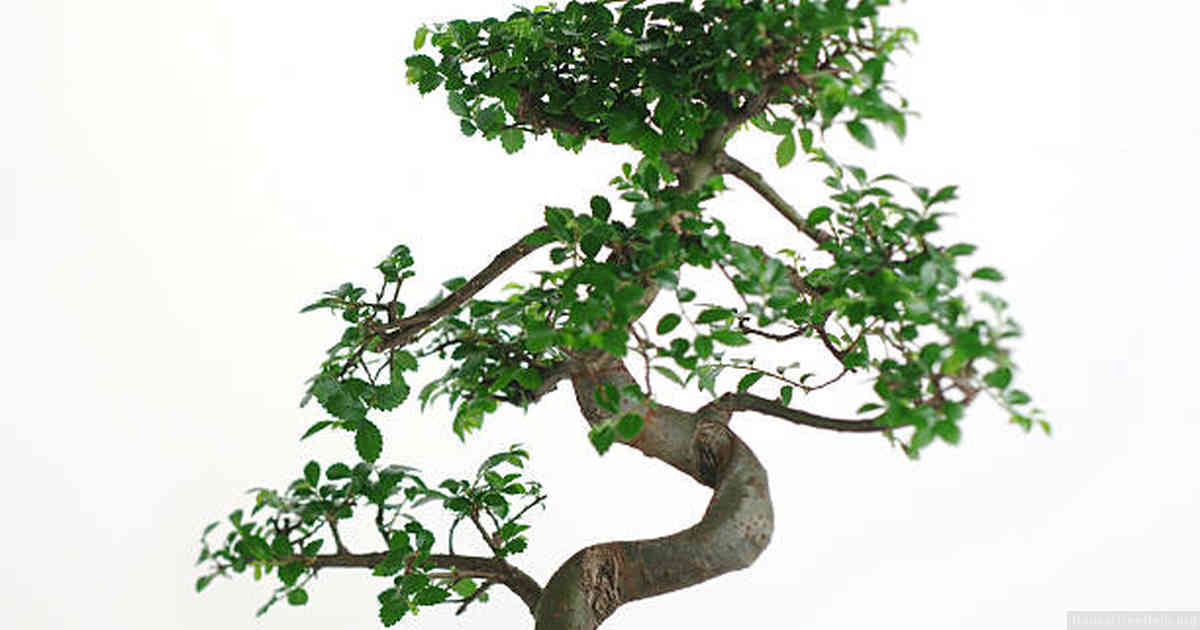
In the process of forming a beautiful bonsai jackfruit tree, timing is a fundamental element that should be taken into consideration. Pruning your bonsai when it is too early or late can lead to unnecessary stress on your plant and reduce its lifespan. Therefore, being mindful of the seasons before pruning your jackfruit bonsai is critical.
Generally speaking, the best time for pruning jackfruit bonsais would be in spring as this corresponds with their growth season. During this period, an adequate amount of nutrients will flow throughout the roots allowing for healthy healing after any cuts made during trimming. Taking away dead branches in springtime ensures that no energy from photosynthesis will go wasted in those areas.
Alternatively, you could also prune your jackfruit tree during autumn so that there’s enough time for new buds to form before winter hits –this way you can maintain its design while creating space for future growth at the same time. In order to ensure successful results when trimming, it is important to avoid drastic changes in size and shape since they often result in slow recovery periods which can further damage young trees.
Shaping Techniques: From Basic to Advanced Methods
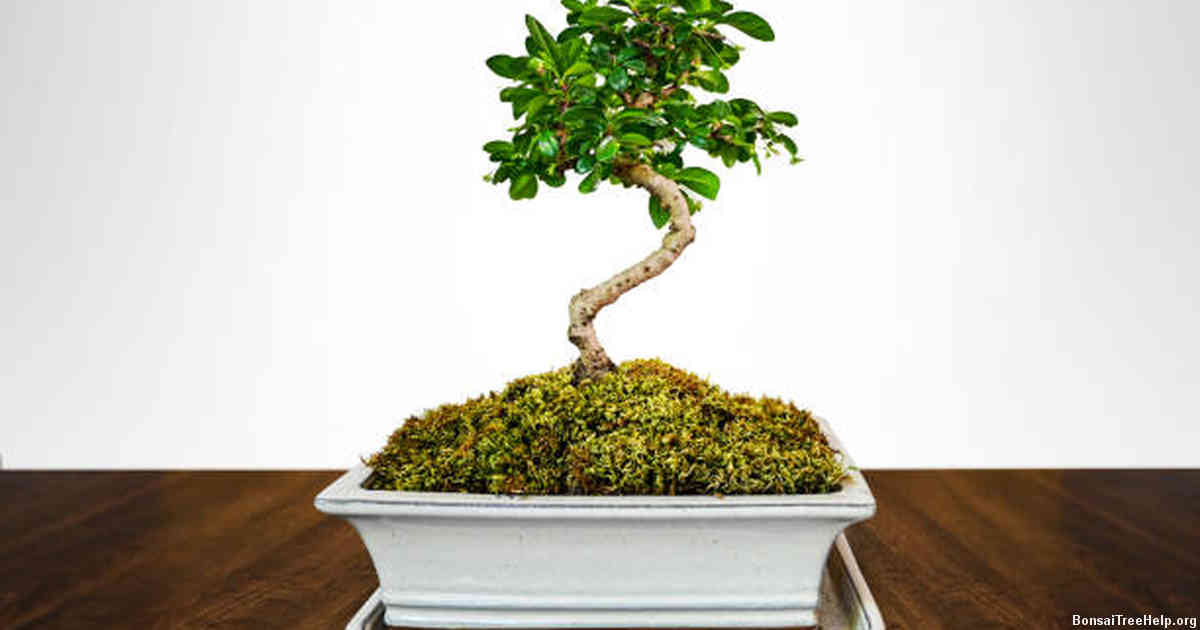
Developing a bonsai jackfruit tree requires using various methods of shaping. From basic pruning and wiring to advanced techniques such as jin, shari, sabamiki, and neagari there is no shortage of creative ways to shape your tree. As with any bonsai project it’s important to keep in mind the overall design and future goals for each step you take along the way.
Pruning is the most fundamental tool for making your jackfruit tree look like a miniature version of a mature version. When done strategically it can be used to create an illusion of age and maturity that may not exist in reality yet. To start it’s best to cut back branches at their base when they are still young but be careful as this will stunt their growth and limit future options if done too soon or harshly. Once you get more experienced you can use techniques such as flower thinning to remove excess foliage while keeping the same overall silhouette or aesthetics in balance.
When it comes time to wire your tree there are both “free form” methods such as bunjin or literati which involve winding copper wire around branches in order to position them over time into desired shapes, or structured techniques that require pre-measuring out dimensions before hand such as clump style where multiple trunks come together creating a dome-like top crown area with all its limbs being oriented outward symmetrically like spokes on a wheel. There are other less common tricks like cutting off larger leaves one at a time from existing pads (pads are clusters of smaller leaves) thus achieving an artistic representation called “needle pull”. After many years with adequate care some trees may be ready for special forms of carving like jins, shari, sabamiki, etc… These more extreme measures can truly transform the character of any given specimen – be sure only do so once enough experience has been achieved.
Watering and Fertilizing Your Bonsai Jackfruit Tree: Dos and Don’ts
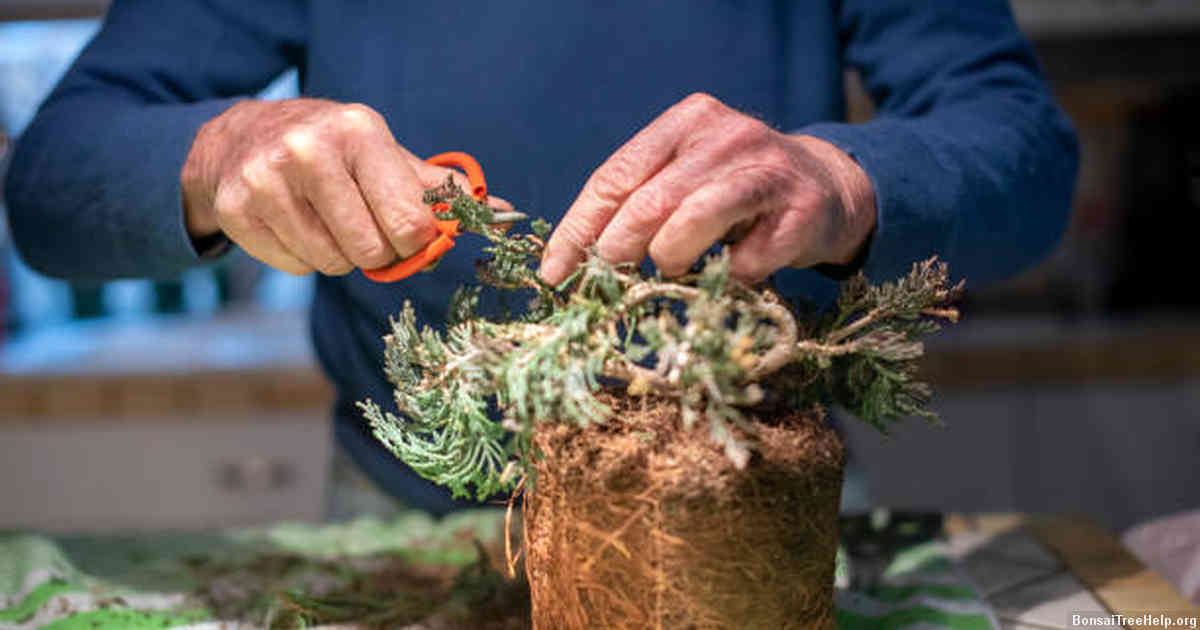
Having a healthy and thriving bonsai jackfruit tree requires careful attention to watering and fertilizing. To have the best chance of success, there are some key dos and don’ts that must be adhered to.
The most important rule is to never let your bonsai tree dry out completely. Jackfruit trees prefer moist soil, so they should be checked often to determine whether more water is necessary. When checking the soil’s moisture level, it’s important to note that if the top few inches feels damp or wet then it may not need any additional water yet. If however, it feels dry all the way down – then you’ll want to provide extra hydration for your bonsai tree by either misting it with a spray bottle or submerging its rootball in a shallow bowl filled with water until bubbles stop forming on the surface. Make sure that when watering you do not pour too much as this can lead to root rot in some cases, which can kill your entire plant.
When looking into fertilizing for a jackfruit bonsai tree, make sure you select an appropriate fertilizer blend specifically designed for outdoor trees. Generally speaking, these types of fertilizers contain essential nutrients such as nitrogen and phosphorous that help encourage healthy growth and blooming throughout the growing season; but be aware – too much fertilizer can cause problems like leaf drop or yellowing leaves. Since these plants don’t require feeding all year round – try using slow-release granules during springtime only once every three months. This will give just enough nutrition without running into potential nutrient overload issues later on down the road.
Dealing with Common Pests and Diseases that Affect Jackfruit Trees in Bonsai Form
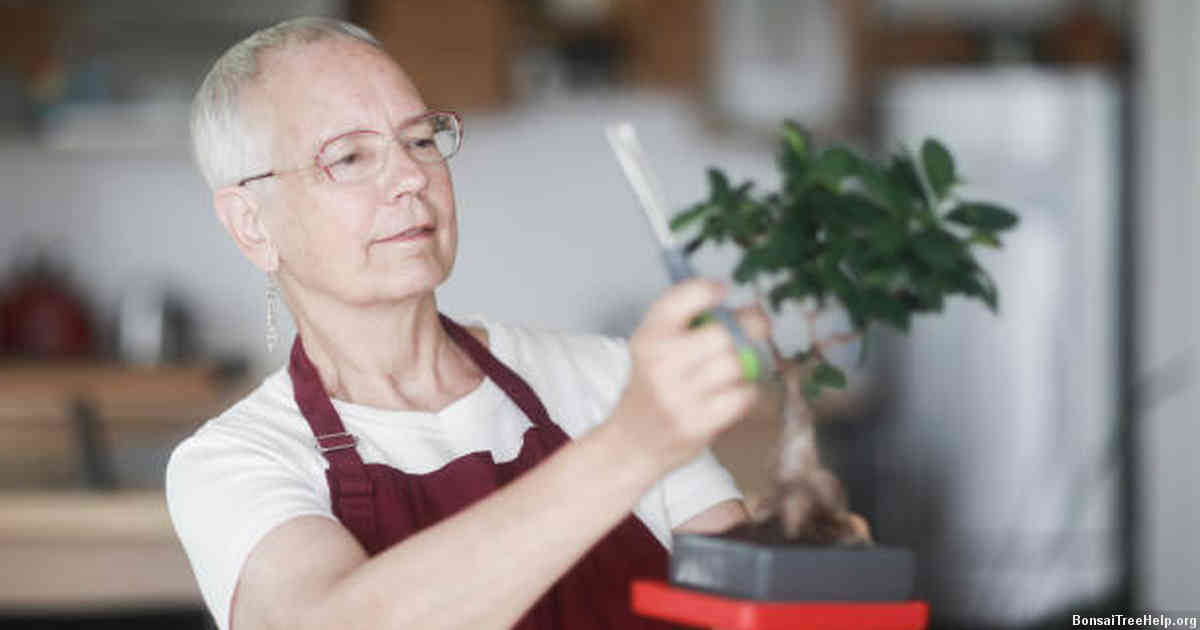
When growing a bonsai jackfruit tree, dealing with pests and diseases can be a challenging yet essential task. These trees are generally pest-resistant, but common issues such as mealy bugs or scale insects can still arise. Proper treatment of these pests requires pruning of affected branches, followed by application of insecticidal soap to the remaining foliage. A systemic pesticide is also recommended for more serious cases of infestation. Antifungal sprays can help prevent fungal infections like powdery mildew and root rot that commonly affect bonsai trees when grown in humid environments.
For general maintenance purposes, it’s important to keep your bonsai jackfruit tree adequately watered and exposed to plenty of bright sunlight; this helps promote healthy growth and reduce the risk of disease outbreaks from fungi or other pathogens. Regularly inspect the leaves for discoloration or any signs that might indicate an infection such as wilting foliage or small black spots on the stems. By being diligent about caring for your bonsai jackfruit tree, you’ll be able to enjoy its beauty for many years to come without having to worry about pesky pests and potentially destructive diseases.
Displaying Your Finished Product: Creative Ideas for Showcasing Your Unique Bonsai Jackfruit Tree
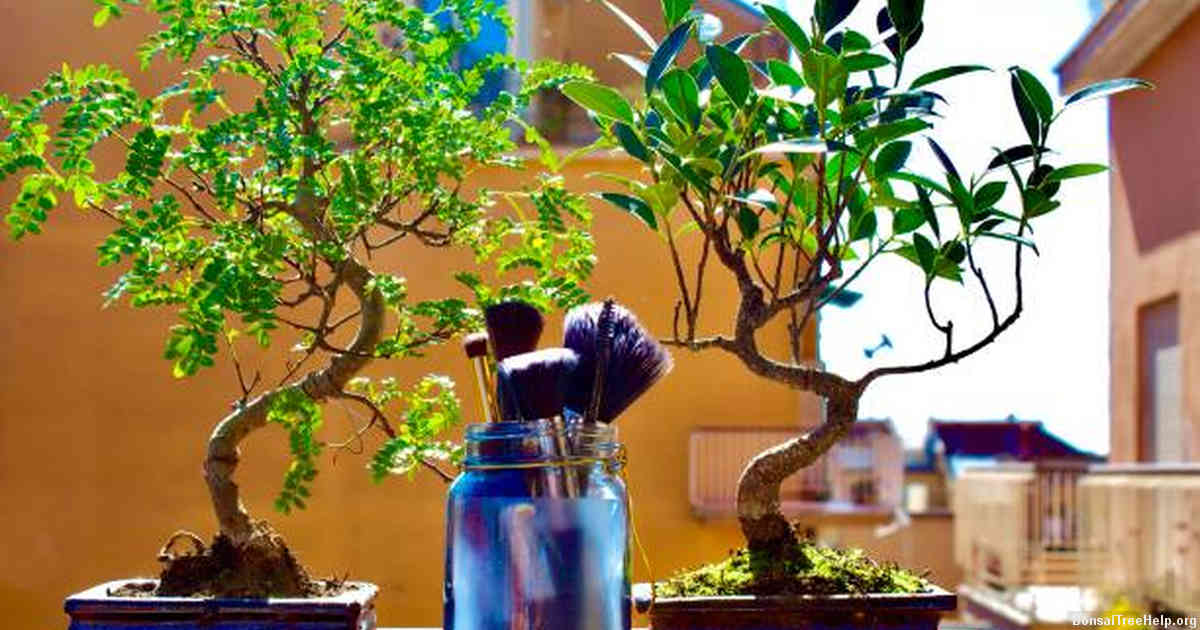
Displaying your bonsai jackfruit tree is the finishing touch to show off your hard work and creativity. Creative ideas for displaying it can take a room from feeling empty to captivating. Here are three unique and fun ways you can display your finished product:
The first idea is to place it in a custom-made stand. Getting creative with different materials or even using upcycled elements, you can create a one-of-a-kind stand that will add an extra level of personality to your bonsai jackfruit tree. This will allow admirers to better appreciate all the features of your beautiful artwork and make it easier for them to view it at different angles.
The second idea is creating a mini garden around it, helping bring life into any space while letting the star of the show remain center stage. Perfectly placed plants or flowers as well as small stones or crystals will create an exquisite backdrop for your bonsai jackfruit tree, allowing viewers’ eyes to flow through this mesmerizing landscape.
A third suggestion would be mounting lights on each side pointing up towards the branches of the tree which adds contrast and brings out its intricate details. Lights also have the ability to shift its natural shadows in order enhance its beauty beyond belief, turning dull nights into a magical scene where everyone wants their picture taken under its brilliance.
Leave a Reply